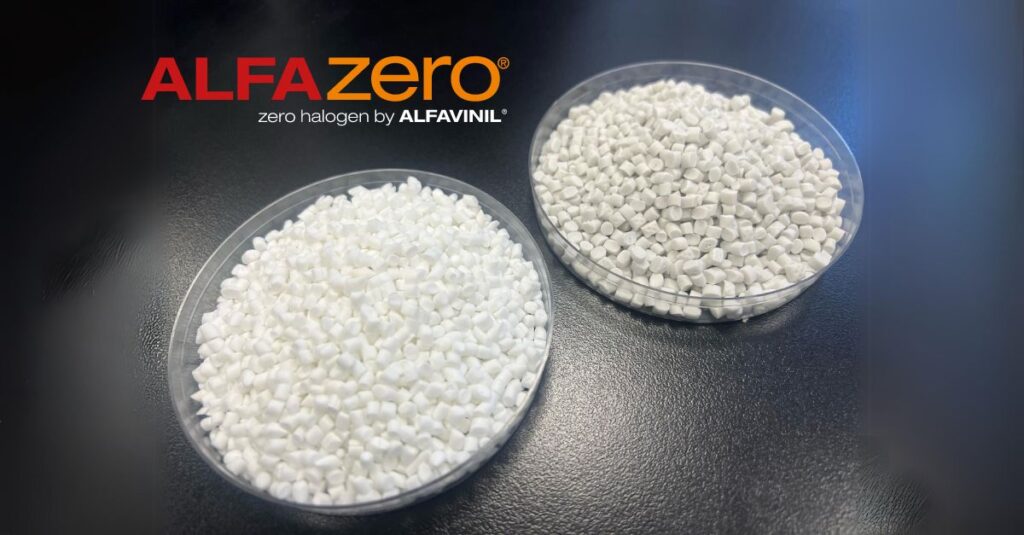Innovation in Safe and Efficient Materials
In an increasingly electrical safety-conscious world, HFFR (Halogen-Free Flame Retardant) materials, also known as LS0H (Low Smoke Zero Halogen), have become an essential solution in various industries. In this article, we will explore what these materials are, their standout qualities, and their real-world applications.
What is HFFR?
HFFR, or Halogen-Free Flame Retardant, refers to materials that do not contain halogen elements such as chlorine, fluorine, bromine, and iodine. These materials are especially valued for their ability to produce a minimal amount of smoke and toxic gases when burned, making them ideal for applications where fire safety is critical.
HFFR Qualities
Halogen-Free: HFFR materials do not release toxic gases when burned. This is crucial in fire situations, as it significantly reduces the risk of inhalation of hazardous gases.
Low Smoke Emission: In the event of a fire, HFFR materials produce much less smoke than conventional materials. This improves visibility, facilitating the safe evacuation of affected people.
Flame Retardant: These materials are designed to resist the spread of flames, helping to contain the fire and minimize damage.
Chemical Resistance: HFFR materials are resistant to a wide range of chemicals, making them suitable for various industrial applications.
Thermal Stability: They offer good thermal stability, maintaining their mechanical and electrical properties at high temperatures.
Applications of HFFR
Cables: HFFR materials are widely used in the manufacture of electrical and telecommunication cables and wires. These cables are installed in buildings, tunnels, subway stations, and other areas where fire safety is paramount.
Transportation: In the transportation industry, such as in trains, airplanes, and ships, HFFR materials are used in electrical and electronic components to minimize risks in the event of a fire.
Construction: HFFR materials are used in wall, ceiling and floor coverings in public buildings, hospitals and schools, where safety and efficient evacuation are essential.
Conclusion
Halogen-free and low-smoke, HFFR materials represent a safe and efficient option for a wide variety of industrial and commercial applications. Their ability to reduce toxicity and improve fire safety makes them an ideal choice in situations where the protection of life and property is critical.
In a world moving towards safer solutions, HFFR materials make a significant difference. Whether in construction, transportation, electronics or renewable energy, these materials offer a unique combination of safety, efficiency and respect for the environment.

